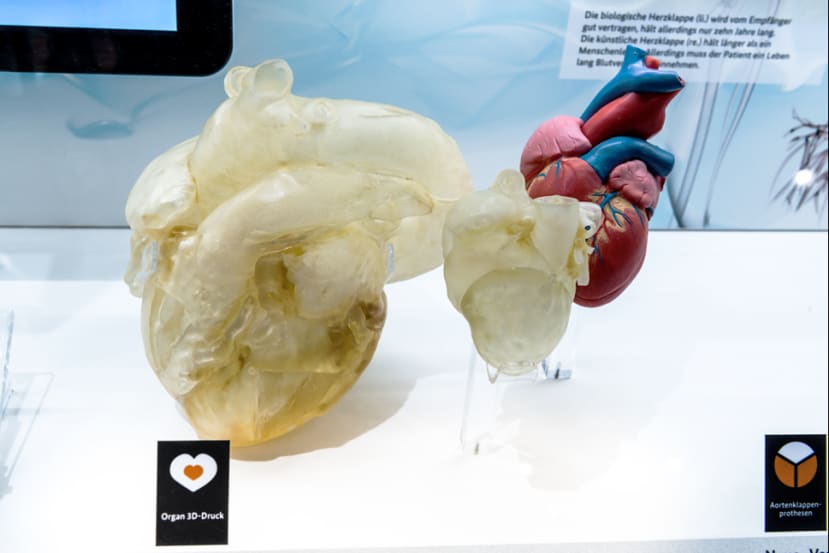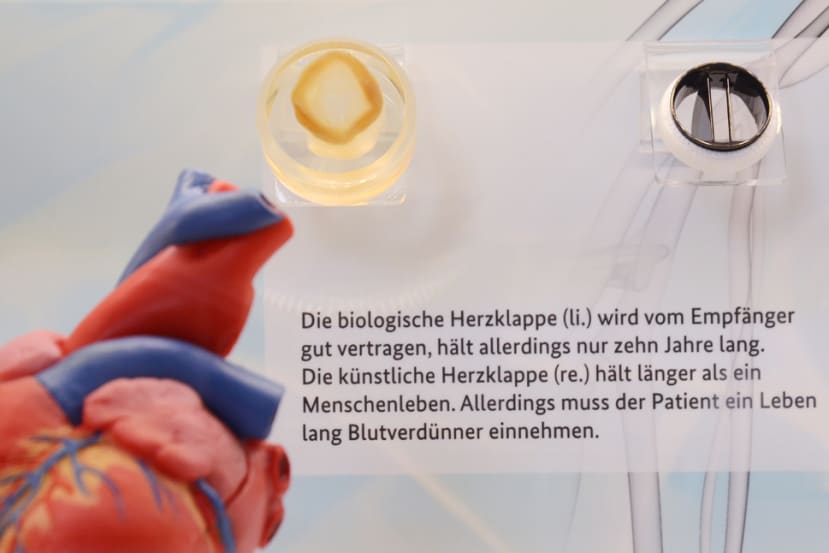Taking the “man(ual)” out of manufacturing
Follow articleHow do you feel about this article? Help us to provide better content for you.
Thank you! Your feedback has been received.
There was a problem submitting your feedback, please try again later.
What do you think of this article?
Don’t you just love an exhibition?
Sadly, I am not an engineer and my grasp of advanced technological concepts is pretty rudimentary, but working in product marketing means I do need to understand how innovations make engineers’ lives easier. I’ve always found that looking around exhibitions is the best way to see first-hand the latest technologies being used in manufacturing, and to get insight from chatting with experts. Gold dust for a non-tekky like myself.
Exhibitions are also cool because you’ll get to see technology trends in one place under one roof (or in the case of the Munich Messe Exhibition Hall – 8 roofs!)

What is PRODUCTRONICA?
What engineer colleagues had told me was that Productronica’s partner show, Electronica, which takes place every two years, was where manufacturers get to show off new tech innovations, and was more inspiring.
So it’s important to stress that Productronica focuses specifically on the latest developments in the electronics manufacturing process – process and the devices that support that process and not end product. The bench, the prototyping, the machines used in production and the new technologies and products helping to speed up and reduce waste at every stage.
And in my opinion, those engineer colleagues were wrong.
Productronica’s strength is that it focuses on the technologies being used to produce the products. It’s a different focus from Electronica, and for a frustrated non-tekky with an inner geek inside, they are both inspiring.
Taking the “man” out
Let me start by explaining my title. I only had a day at the event, just enough to get a feeling for the key technologies on display, but as I walked round the Productronica 2023 halls, one theme came through strongly.
While human intelligence plays an integral role in design and quality control in the electronics industry, pretty much everything I saw on display at Productronica was focussed on increasing efficiency and reducing manual procedures and the potential for human error they introduce, reducing waste and enhancing quality of the end product as result.
Here are the three main “human intervention reducing” technology trends that I picked up on as I browsed the show:
1. 3D Printing/Bioprinting
Printing prototype circuit boards comes with several advantages, for example, it helps reproduce complex geometries that may be challenging or impossible when using traditional manufacturing methods. It also allows for rapid prototyping, customization, and reduces material waste.
In the electronics design process, engineers can quickly create physical prototypes of circuit boards and other electronic parts to test and validate their designs before moving on to mass production. Although 3D printing technology burst onto the electronics prototyping scene several years ago, it has undergone continuous development and innovation such as bioprinting, for example, is moving forward at pace.
My first stop at the exhibition was in the Productronica Innotruck, an imposing, colourfully decorated lorry parked in the vacant space between exhibition halls and used as a mobile roadshow to showcase scientific innovations to schools and universities. And that’s where I discovered several examples of how 3D printing is currently being used in advanced medical applications:
- Replica human organs, printed using 3D printing technology, are now being used to train surgeons and in the planning of complex operations:
Typically, data from medical imaging is used for the individual organ models. Software then uses this to calculate a digital 3D model, which is transferred to a print file before the model is created in the industrial printer. In the finished model, even soft and bony structures can be created, which enables even more precise surgical planning.
(As a previous beneficiary of open heart surgery, anything that helps the surgeons is cool by me).
- 3D printing is increasingly being used to generate complex prosthetics which are long-lasting and reduce risk of infection or future complications:
In Europe, 65,000 heart valves are replaced every year to treat heart defects. The problem is that biological implants are often rejected by the body because the immune system attacks the foreign cells. Artificial heart values generated by 3D printers reduce this risk of rejection, and have a longer life than most humans!
2. Soldering Just got Smarter – the Weller WXsmart platform
For the past several years, we have seen the emergence of smart manufacturing: connected devices, machines, and sensors have gathered real-time data from the manufacturing environment, which is then used for monitoring and optimizing automated processes.
But some activities in the electronics production process, and the tools used in those activities, have stayed stubbornly outside the realms of smart manufacturing.
Soldering was a great example of this – until now.
In my view, the Productronica ’23 innovation which best illustrates the progress being made in the development of smart tools for the electronics workbench is Weller’s WXsmart soldering station, and the tips and tweezers that come with it.
After speaking to customers involved at every stage of the electronics manufacturing process, Weller have created a connected platform that is changing the face of soldering, with smart tips and tweezers and a whole host of features, which right now probably offers the most integrated soldering system for full traceability on the market.
READ THIS ARTICLE TO FIND OUT MORE ABOUT THE WELLER WXSMART PLATFORM
The manufacturer has made WXsmart a scalable modular platform that allows customers to build up tools on their workbench according to their needs – starting from the base soldering station, they can scale up to a full rework station by adding a stackable hot air unit, which includes hot air and desoldering. Filtration units, pre-heating plates, solder baths can be added and controlled from the main unit – effectively turning it into a full benchtop controller.
WXsmart tips and irons also feature built-in parameter storage, (these are the only smart tips in the world!) – and intelligent tip identification facilitates ultra precise heat management. Because every soldering tip has a unique serial number and retains its calibration history, the tool offers unique levels of traceability. Dimensions can even be locked into tips using unique tip-lock functionality.
And at Productronica, Weller announced even more innovations: individual WXsmart kits targeting users depending on the soldering tasks they need to carry out, and a new benchtop filtration unit to keep workers safe.
Listen to Paul from Weller Tools showcase their stand.
3. The Role of Robots
I thought robots were used to build cars (I said I am a non tekky). At Productronica I got to understand just how important precision robotics is becoming in electronics manufacturing.
Where robotics have become commonplace in all automated procedures, particularly in the automotive industry, historically, the tight tolerances and intricate nature of electronics made robotic automation difficult, but recent progress in robotic technology is allowing electronics manufacturers to realize the advantages of process automation. For decades, the automotive industry was the primary growth driver of robot development globally. In recent years, the electronics industry has benefited from the use of robots and may soon unseat the automotive industry as the largest user of robotic technology.
As electronic devices get smaller, with smaller components and increasingly intricate designs, so the demand for precision and accuracy has grown. Robots excel in tasks requiring high precision and can handle delicate components, contributing to the improved quality of electronic products.
Robots can also perform tasks at a faster pace than human workers, leading to increased production speed. This is particularly crucial in the fast-paced electronics industry where time-to-market is a critical factor.
And so in Munich, the halls were jammed full of robotic installations and there were really too many to list here.
For me, as I wandered through the “robot jungle”, one stand-out exhibitor was a company called Schmaltz Technology, who have designed robots for automated vacuum handling with parts which offer ESD protection: leakage resistance prevents uncontrolled electrostatic discharges and so reliably protects printed-circuit boards, circuit boards or IC chips.
Efficiency and quality control rolled into one.



